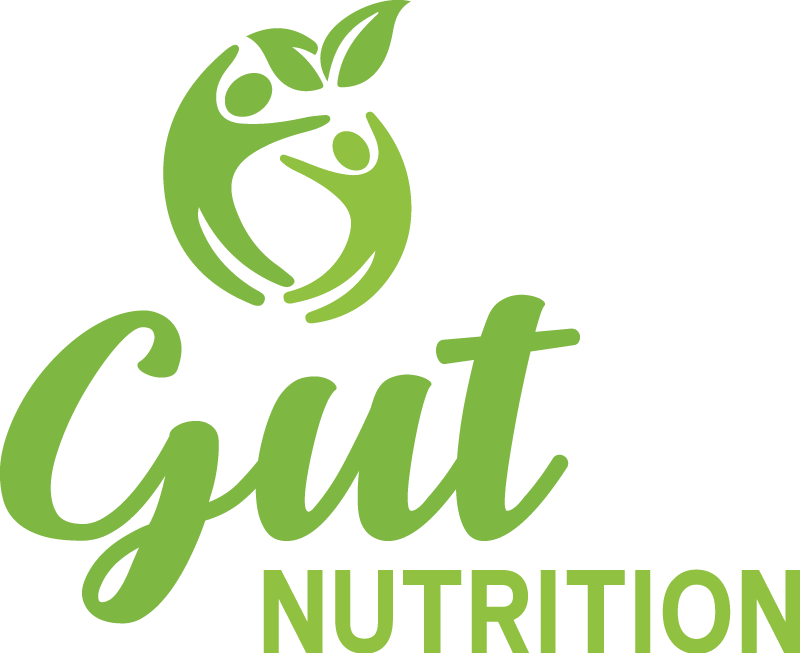Crohn's disease exclusion diet
The Crohn’s disease exclusion diet (CDED) is a treatment for active Crohn’s disease inflammation. The exclusion diet was developed by a paediatric gastroenterologist (Dr Arie Levine) and an IBD dietitian (Rotem Sigall Boneh). I had the great pleasure to work with both Dr Levine and Ms Sigall Boneh on the Dietitians of the European Crohn’s and Colitis Organisation (D-ECCO) committee. This dietary treatment excludes foods that previous research suggests might promote inflammation or negatively affect the gut lining, and, includes specific foods that research suggests promote gut healing or favourably influence the gut microbiome.
What does the research say?
The CDED was first described in 2014. In the initial research study children with active Crohn’s disease were treated with partial enteral nutrition (half of their calories from a liquid medical nutrition supplement taken orally e.g. Pediasure, Ensure Plus, Fortisip) and phase 1 of the CDED (see below for more details about phase 1). The research study suggested that partial enteral nutrition plus the exclusion diet could treat active Crohn’s disease and induce disease remission without the use of steroids!
In 2019, the CDED research team published the findings of their more rigorous research in children with active Crohn’s disease. In this research, children were randomised to receive either partial enteral nutrition with the CDED or exclusive enteral nutrition (EEN). EEN is a well researched and standard treatment for active Crohn’s disease in children which you can read more about here in a previous blog post. This randomised control trial, a gold standard research method, was done at two hospitals - one in Canada and one in Israel. The randomised study found that of the 74 children who completed the study:
partial enteral nutrition with the CDED was better tolerated than EEN treatment.
after 6 weeks of EEN or partial enteral nutrition with the CDED, 3 out of every 4 children were in steroid-free remission.
after 6 weeks of treatment either EEN or partial enteral nutrition and the CDED, faecal calprotectin had dropped, but was still elevated.
after 12 weeks of treatment, 3 out of 4 children who used phase 2 of the CDED (see below for more details) plus partial enteral nutrition were still in remission compared with half of children who returned to eating their usual diet after using EEN.
The phases
Phase 1: This is a six week treatment for active Crohn’s inflammation. It involves a combination of drinking nutrition supplements (partial enteral nutrition) and eating 5 mandatory foods plus a small selection of other foods. The 5 mandatory foods include chicken breast, eggs, potatoes, apple and bananas. The potatoes and fruit are included to provide the gut microbes/bacteria with specific types of fibre. The gut microbes/bacteria use these fibres to produce substances that are thought to promote gut healing.
Phase 2: This phase follows phase 1 and helps to consolidate of the benefits gained during phase 1. This phase involves drinking less nutrition supplements, eating the 5 mandatory foods, but also allows consumption of a greater variety of other foods.
Phase 3: This phase focuses on the maintenance of remission. During this phase there is no need to drink any nutrition supplements. The focus of phase 3 is on introducing more foods and aiming to have a varied diet that contains mostly whole foods and occasionally includes processed foods.
Does it work for adults?
Yes, it does work! In 2021, the first results from a study conducted in Israel with 40 adults with active Crohn’s disease were presented. In this small study adults were randomised to use either partial enteral nutrition with the CDED or only the CDED foods and no enteral nutrition. The study showed that:
After 6 weeks of treatment 68% of adults were in remission with partial enteral nutrition and the CDED and 57% of adults using only CDED.
After 12 weeks of treatment 63% of adults using partial enteral nutrition with the CDED were still in remission and 47% of adults using only CDED.
Faecal calprotectin fell in all adults from a mean of 262 to 97 over the 12 week treatment
I have used the CDED with many adults and find that it helps to improve inflammation symptoms, especially in people with mild to moderate symptoms. If the gut inflammation or symptoms are more moderate to severe, I may recommend a short course of EEN (only nutritional supplements and no foods) prior to moving onto the Crohn’s disease exclusion diet.
Want to know more?
To find out more about the Crohn’s disease exclusion diet contact me. I can help you to decide whether using the Crohn’s disease exclusion diet to treat a flare is an option for you.
Phase 1 recipe: carrot fritters
200g carrots grated (2 - 3 carrots)
100g rice flour (~1 cup)
1 cup soda water
1/8 tsp salt
1/2 tsp ground cumin
1/2 tsp ground coriander
1/4 cup chopped fresh herbs e.g. coriander, mint
canola oil for frying
Grate the carrot and put aside. Whisk rice flour, salt, spices and soda water together to create smooth batter. Mix carrot and chopped herbs into batter. Heat a frying pan with a drizzle of oil. Dollop spoonfuls of mixture into hot oil and cook until set. Flip fritters and cook until both sides are golden and the carrot is soft. Serve warm with a sprinkle of ground iodised sea salt and black pepper.




